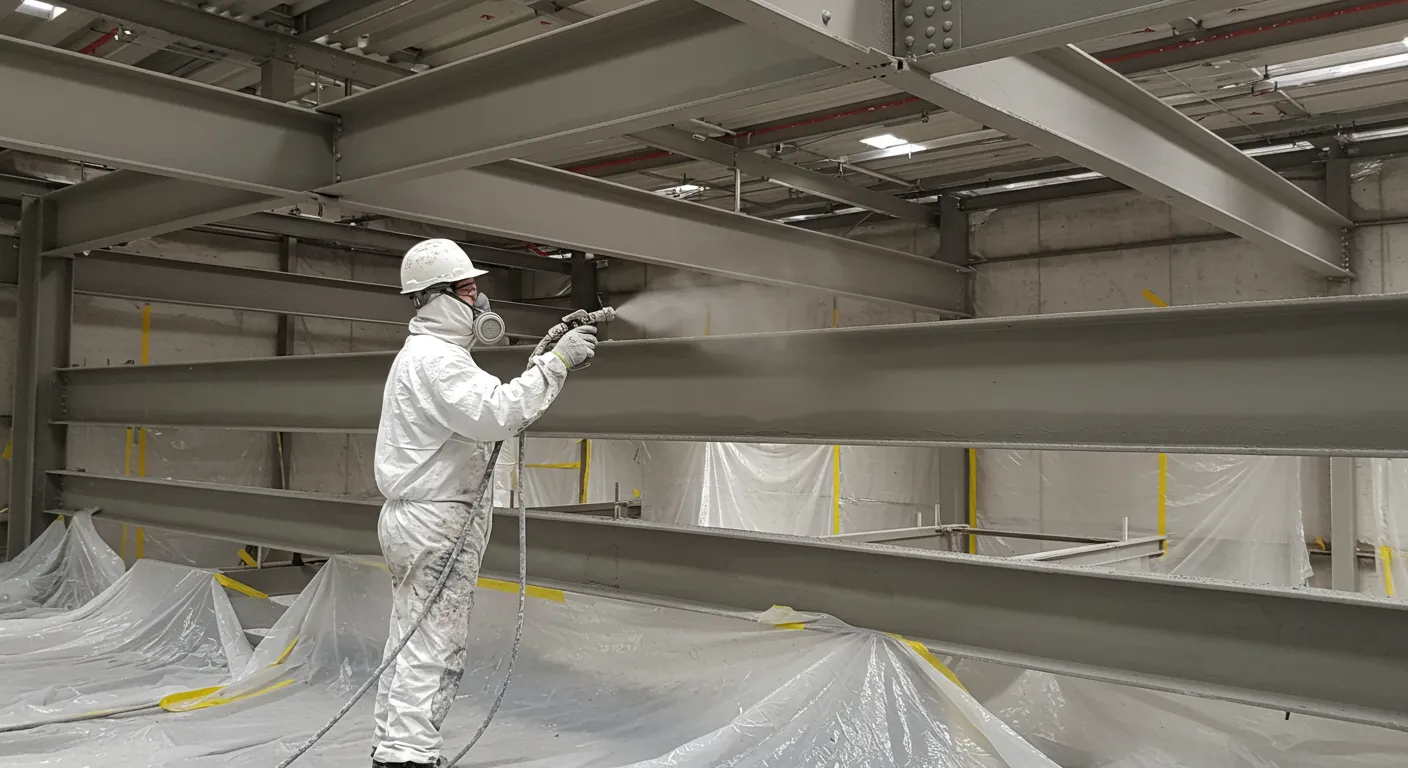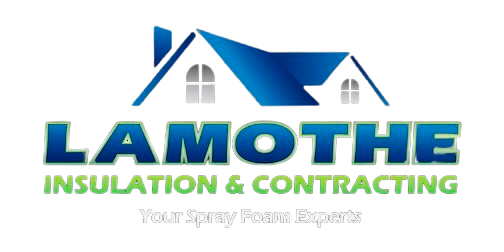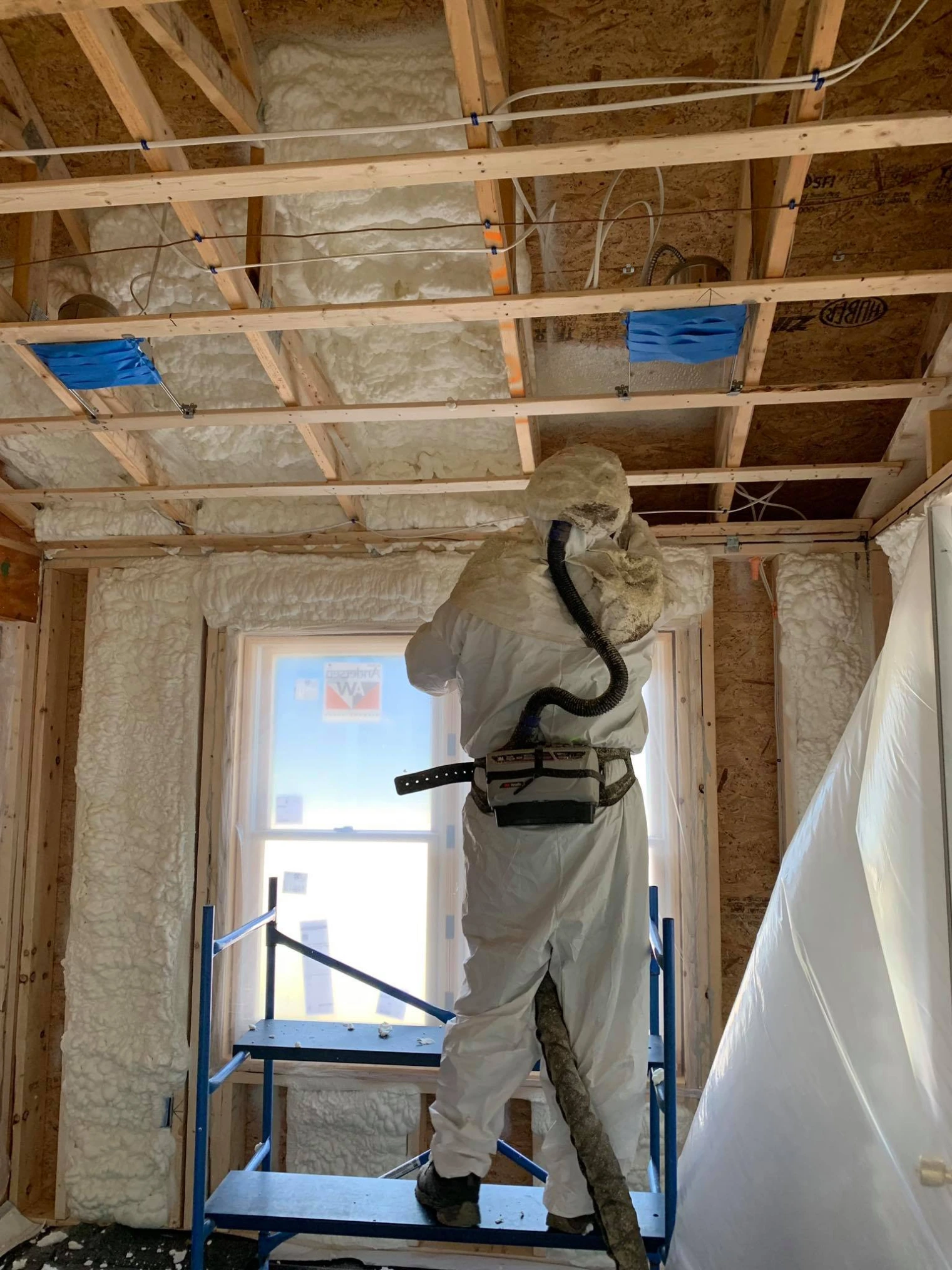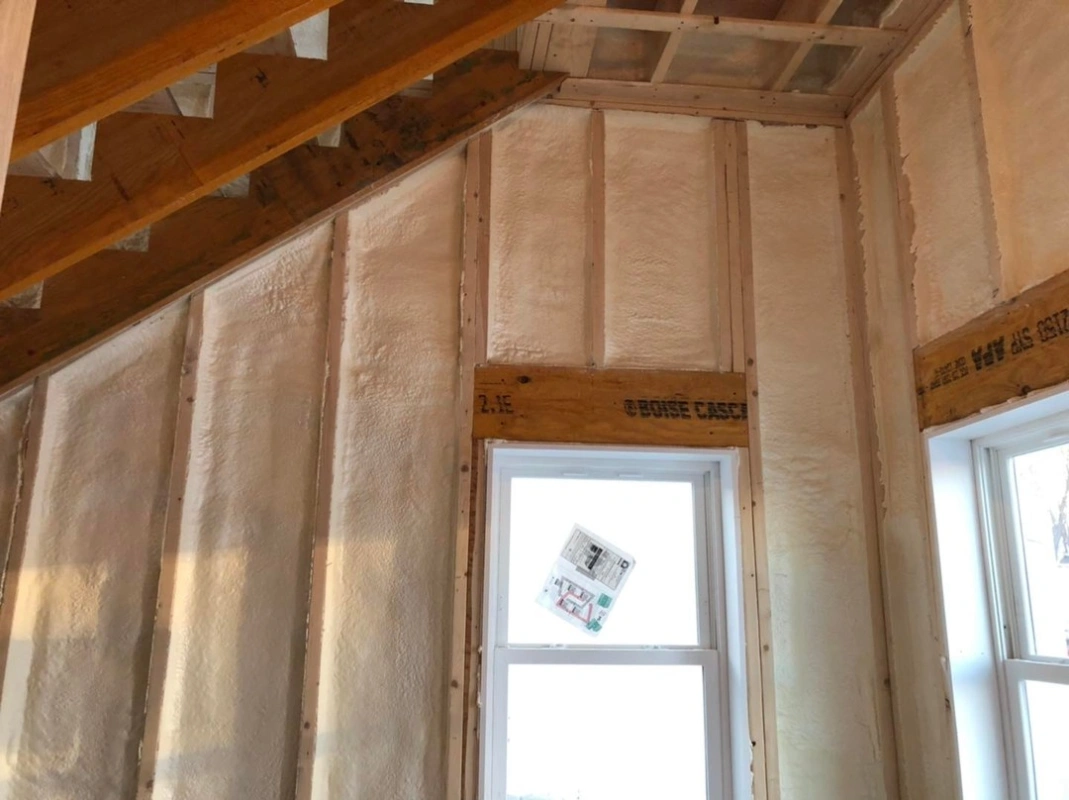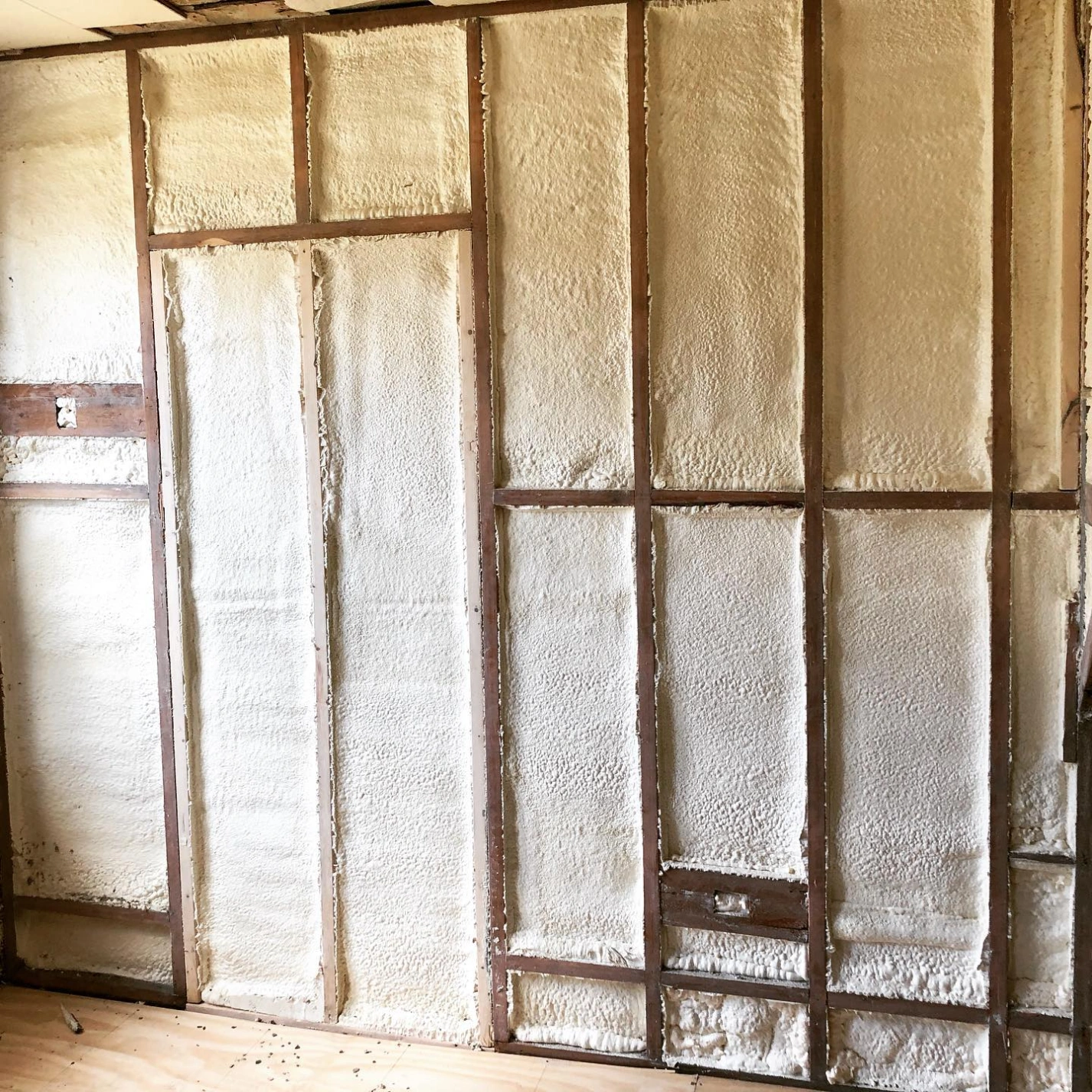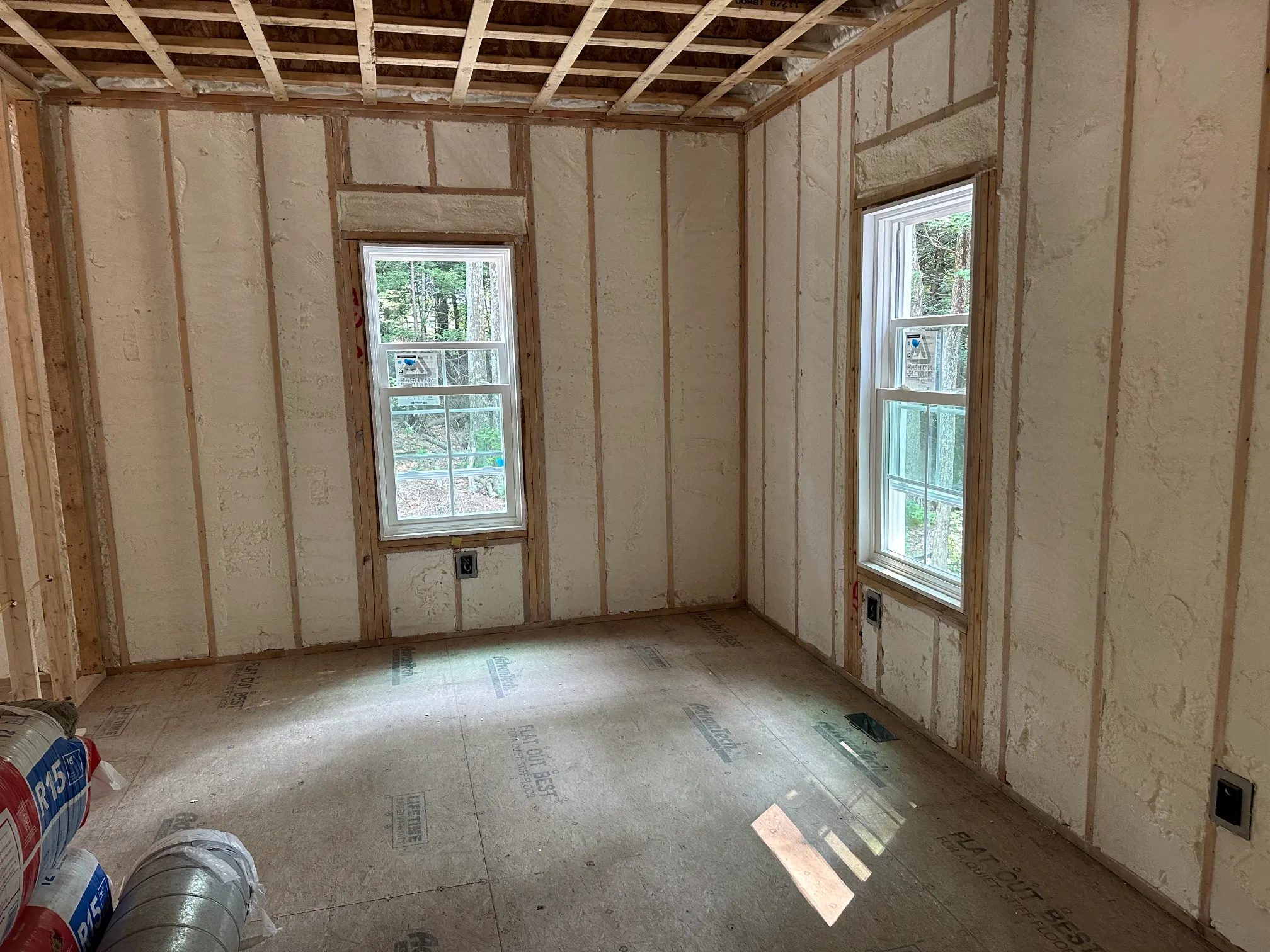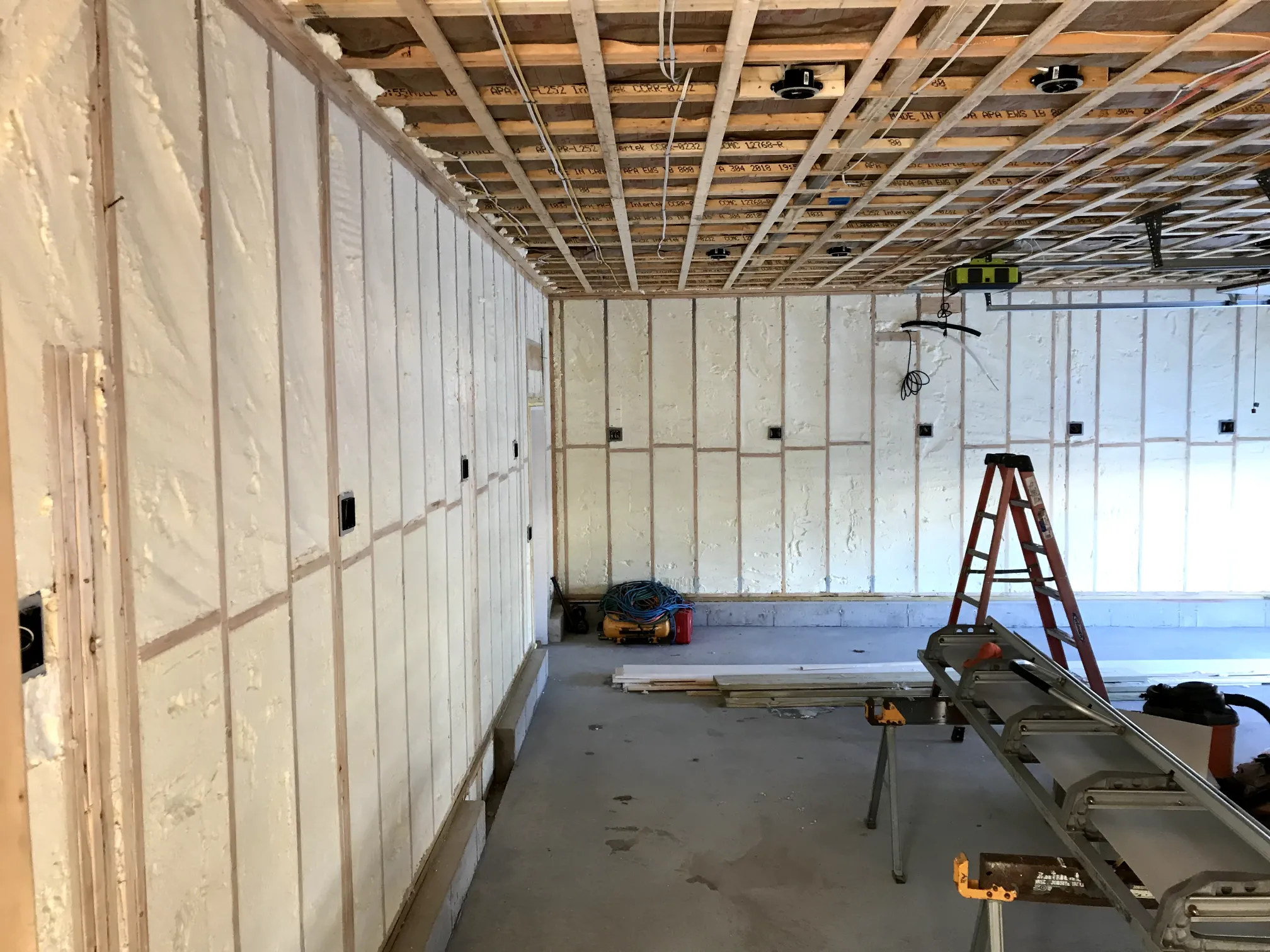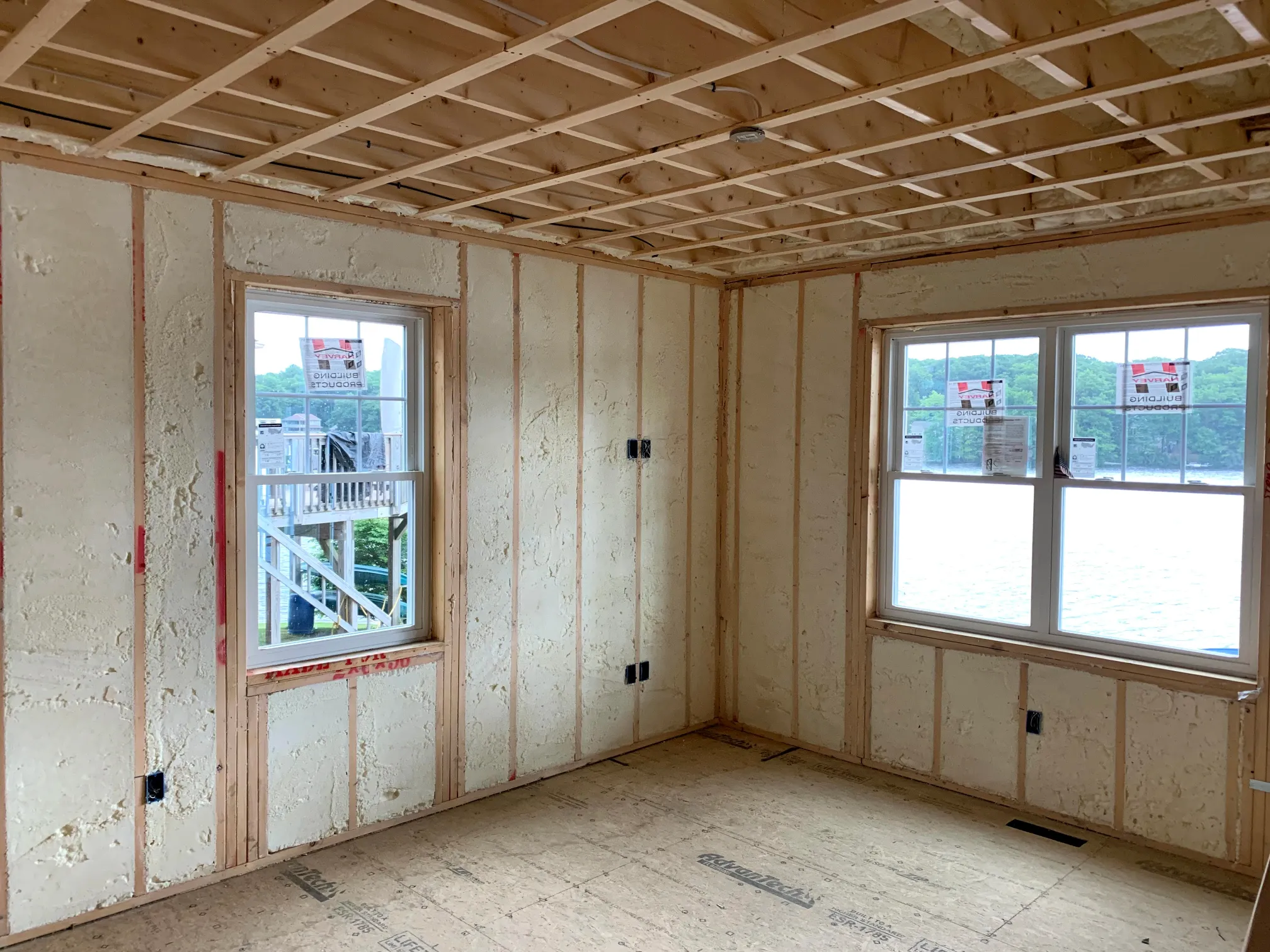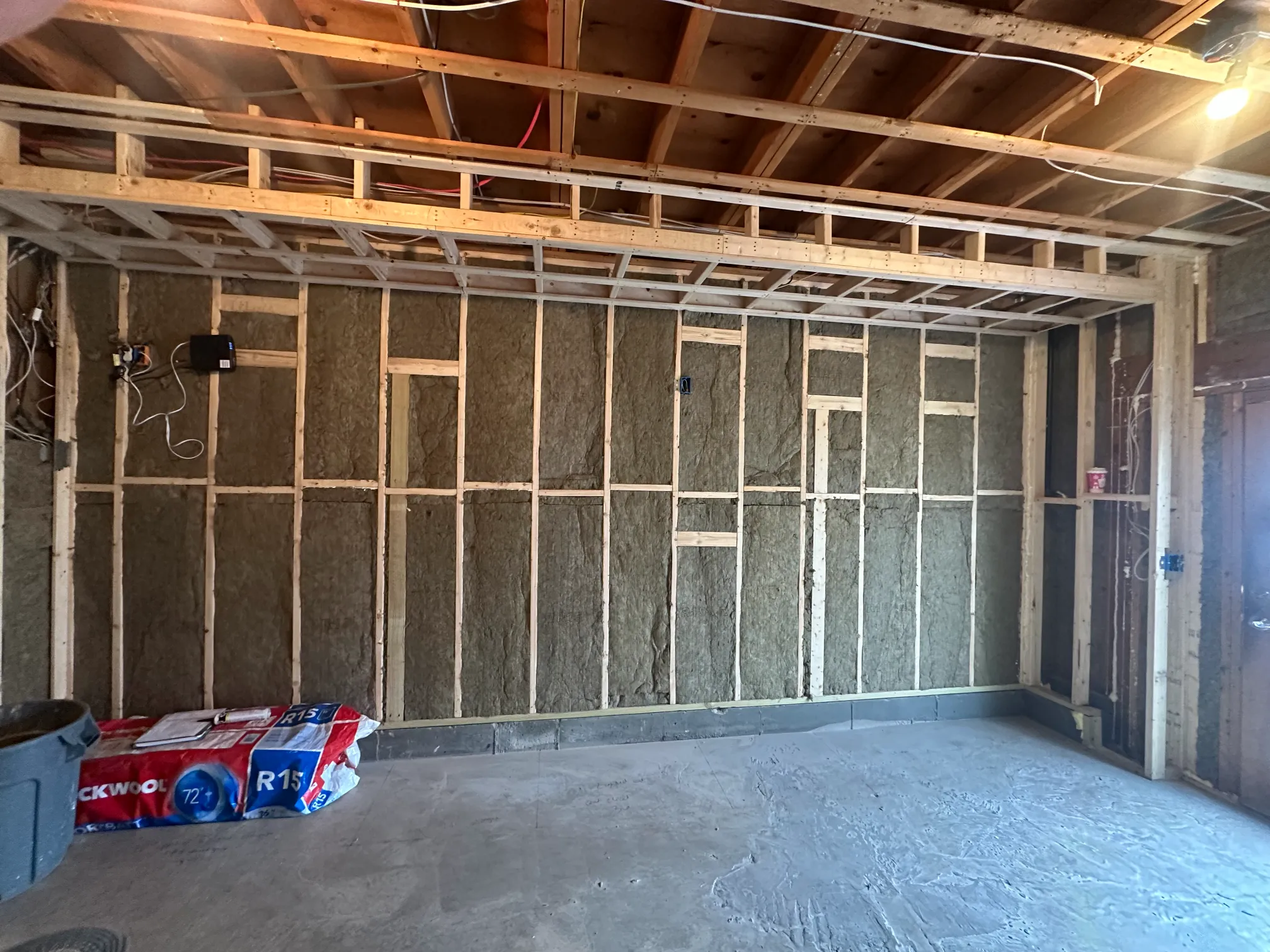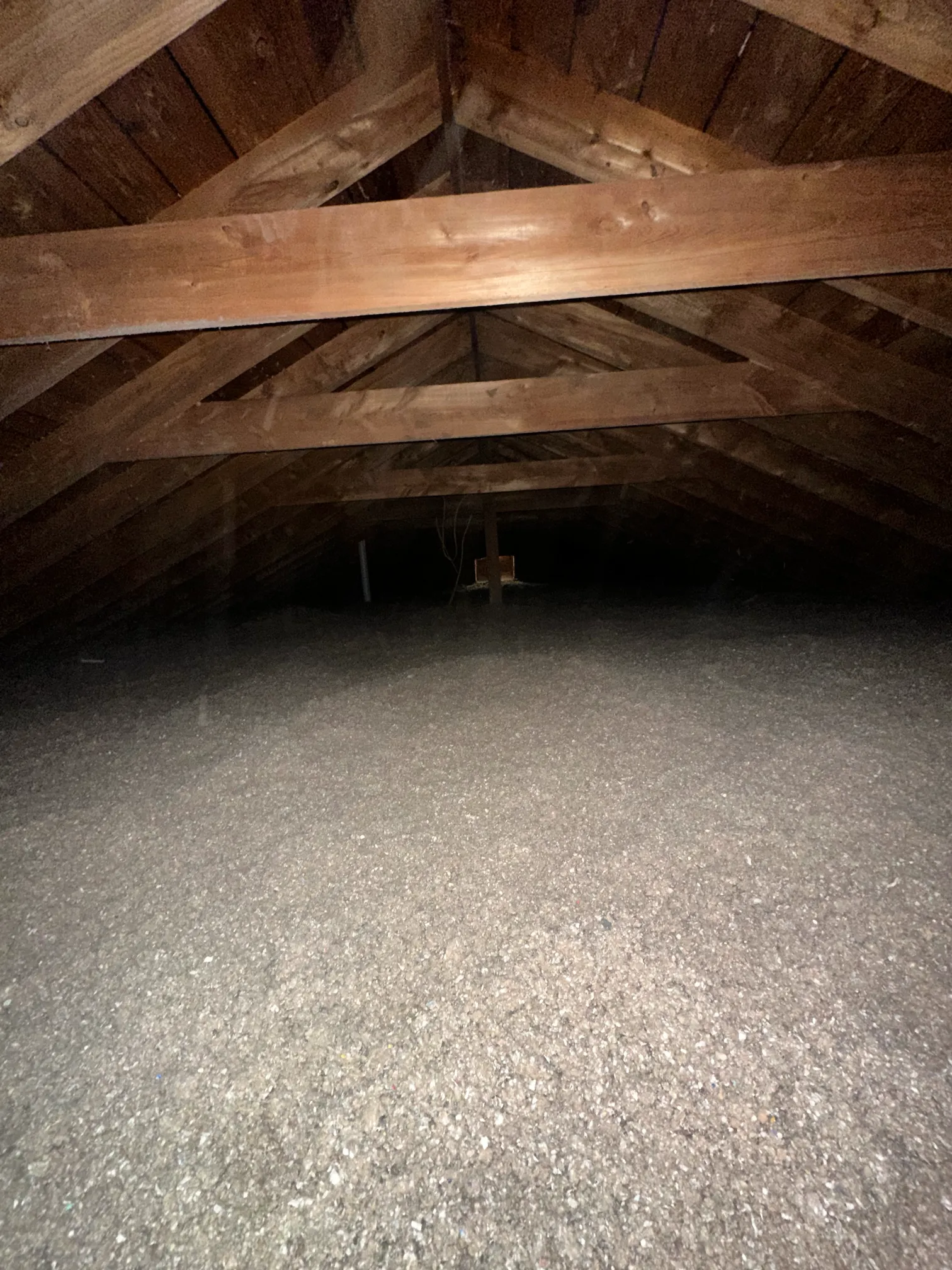The optimal thickness of intumescent coating depends on the material being protected, the required fire-resistance rating, and the product’s tested performance characteristics. Standard application thicknesses range from 0.5 mm to over 5 mm (20 to 200 mils), with structural steel often requiring between 1.5 mm and 3.5 mm for 60- to 120-minute ratings. For non-structural […]
